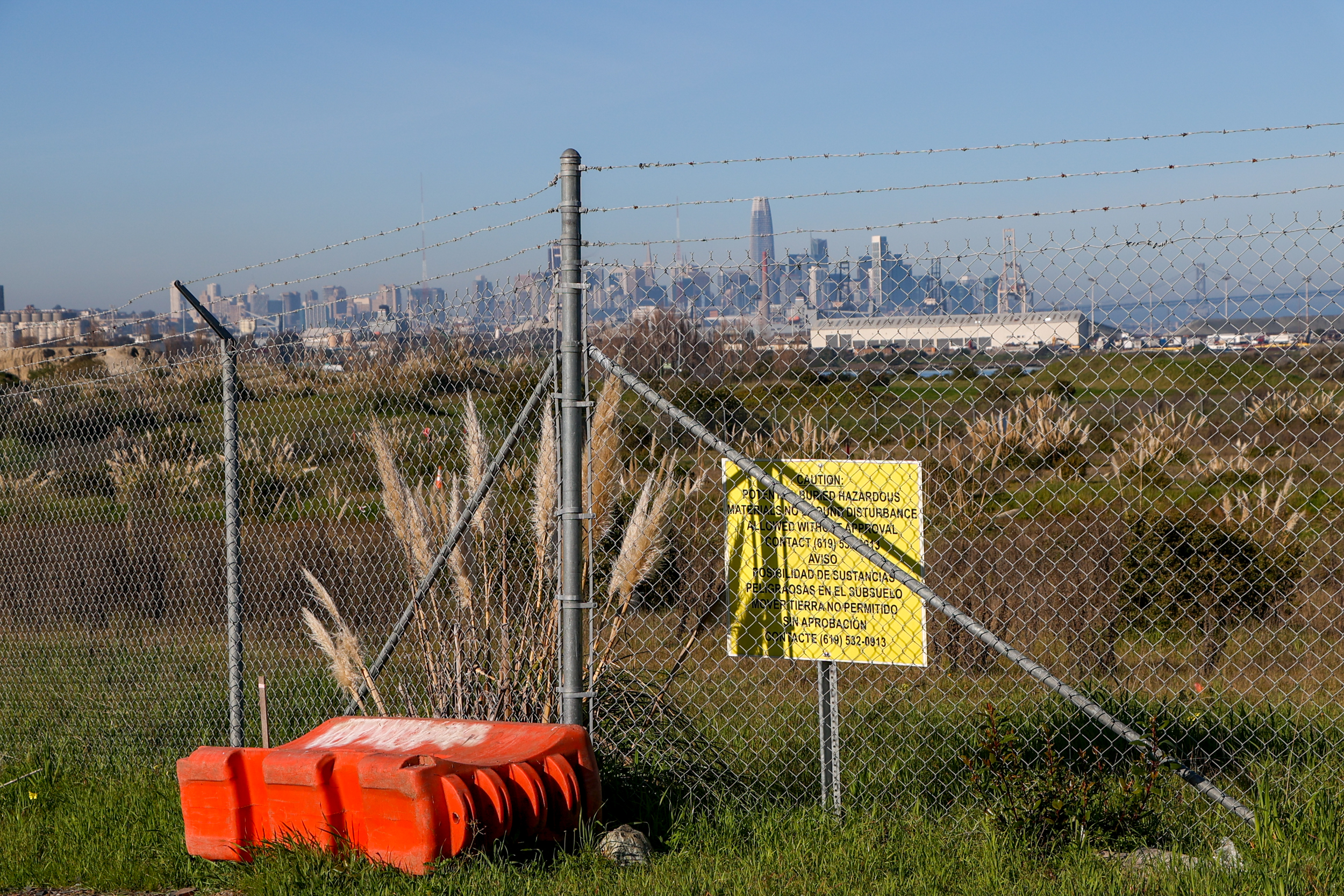This week, the Board of Supervisors are set to tackle—in their own special way—dilemmas rooted both in San Francisco’s past and future. As part of that, they’ll be mulling further policies to regulate surveillance technology and looking to remediate long-standing issues around housing development and environmental neglect in Bayview-Hunters Point.
Taming the Panopticon
After much back-and-forth with Mayor London Breed’s administration, the Board of Supervisors adopted new guidelines for police use of surveillance cameras on Sept. 20. But the reality is that cameras and other surveillance technologies are ubiquitous—they’re already used by other city agencies for purposes other than policing.
At the end of 2019, Supervisor Aaron Peskin led the way on an ordinance that required city agencies to seek board approval for use of surveillance technology. This week, the board will review new policies for a number of agencies under that ordinance.
Those agencies range from the SF Fire Department—whose public information officers use body cameras to record details of fire incidents—to the SF Public Library, which uses various technologies to monitor library attendance, social media use on library computers, and other functions.
The San Francisco Municipal Transportation Agency (SFMTA) also uses surveillance tech, including Automatic License Plate Readers (ALPR) for certain traffic and parking enforcement functions and third-party surveillance cameras to investigate incidents and complaints involving taxicabs, among other uses.
Those will likely take on larger significance as the “human element” is increasingly removed from traffic enforcement, with police far less likely to pursue traffic infractions compared to a few years ago.
Fourplex Finale?
As the city faces a ballot battle over affordable housing—as well as a potential deluge of “builder’s remedies”—supervisors continue to craft their own vision for housing.
Two items reflecting that vision—or lack thereof, if you prefer—are on Tuesday’s agenda.
First up is a resolution to apply for a “pro-housing” designation from the state Department of Housing and Community Development (HCD), which would earn the city priority access to development grants. Sponsored by Mayor Breed along with Board President Shamann Walton and Supervisor Rafael Mandelman, it’s a largely pro forma move, and critics of city development policies—including Governor Gavin Newsom—are probably less than sanguine about its prospects.
Further down on the agenda is one reason why those critics are pessimistic.
It’s yet another rendition of “fourplex” legislation, a long-debated bill aimed at upzoning the city’s residential districts. In July, Breed vetoed a previous version of the bill after it was adulterated in committee into a bill that wound up satisfying no one.
This time around, Mandelman and co-sponsor Supervisor Myrna Melgar are shepherding a bill that would allow owners to develop up to four units per lot in residential districts, or up to six units on corner lots. But the devil, as usual, is in the details.
Owners must meet certain criteria to qualify, including: Having owned the property for at least one year, protection of units with legacy tenants, and agreeing to build one unit with a larger floor plan, among other conditions.
Sounds simple, right? Could this mark a final chapter in the Great Fourplex Saga? It has the blessing of Mayor Breed and more of Mandelman’s colleagues, so stay tuned.
In Hunters Point, the City’s Dirty Shame
Bayview-Hunters Point features some of the city’s best weather and gorgeous views. But it also has a long history of segregation and abuse that is toxic in more ways than one.
Environmental justice advocates have called the neighborhood an “environmental sacrifice zone” for reasons that date back to the 1870s, when Bayview-Hunters Point was home to slaughterhouses banned from the rest of town. Since then, it’s hosted industrial pollution at the expense of its residents. The zenith of these toxic uses came when an existing commercial shipyard was taken over by the U.S. Navy during World War II, as activists have long argued.
That military use also made the neighborhood into a destination for Black people, who moved there to work in the shipyard. By the 1970s, the shipyard jobs evaporated, and Hunters Point remained a segregated neighborhood: In a 1963 NET film report, James Baldwin referred to it as “the San Francisco America pretends does not exist.”
Not only is Hunters Point isolated from the rest of the city, but its people have contended with a century-long legacy of pollution and its effect on public health in the community.
In 1997, a Board of Supervisors hearing had found that Bayview-Hunters Point had hospitalization rates for chronic illnesses that were four times the state average. According to Breathe California, a nonprofit dedicated to battling lung diseases, the neighborhood has the highest age-adjusted emergency room rate due to asthma—twice the citywide rate.
That legacy is a pain point for current residents of Hunters Point, and it also complicates the neighborhood’s future: It’s a site for redevelopment to ameliorate another long-standing problem, the city’s housing shortage.
The shipyard itself is in the process of becoming a master-planned community expected to include up to 12,000 new homes. Hundreds of units have already been completed, and many of those are occupied; in April, current and former residents won a $6.3 million settlement from developers over a botched cleanup of the land around their homes by a contractor.
On Tuesday, the supervisors will consider a resolution responding to the recent Civil Grand Jury report on environmental problems at the shipyard, calling for an independent study of current policy and citing “serious but poorly understood risks” from effects of sea level rise on the ability to continue containing pollution on the site.
Sponsored by Walton, the resolution urges Breed to implement the report’s findings. The mayor stands by the current amelioration plan carried out by the Navy and overseen by federal and state agencies. But residents and advocates in Bayview-Hunters Point will likely take the opportunity to give the powers that be an earful on environmental injustice in the neighborhood—past and present.
Editor’s Note: This story has been updated to clarify details of the fourplex bill.
